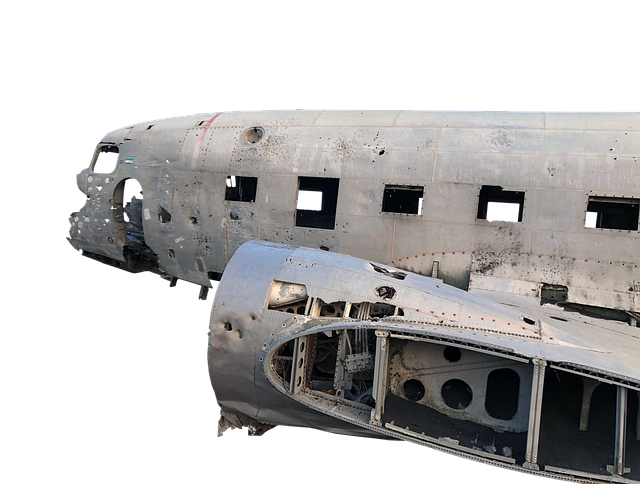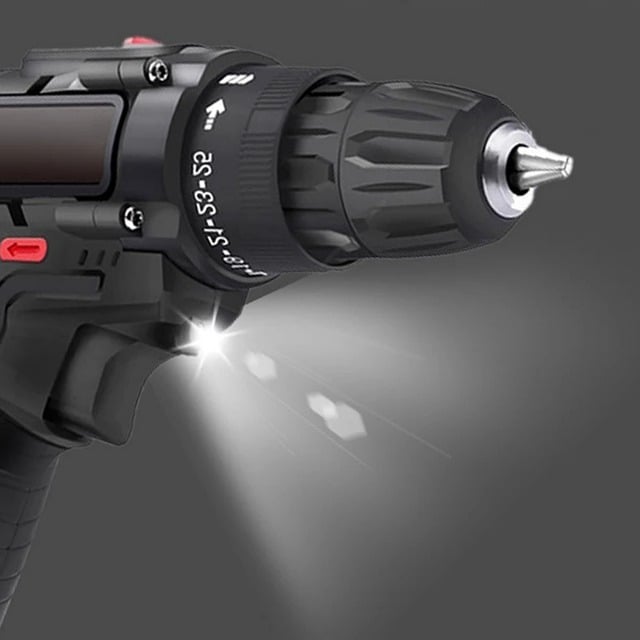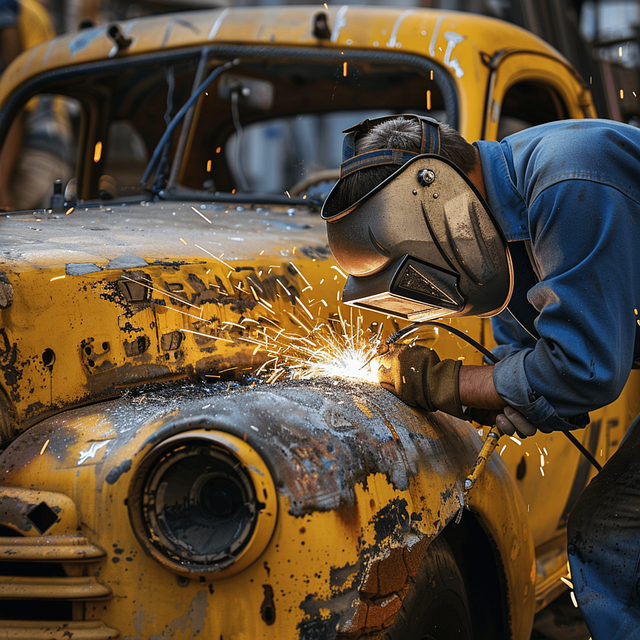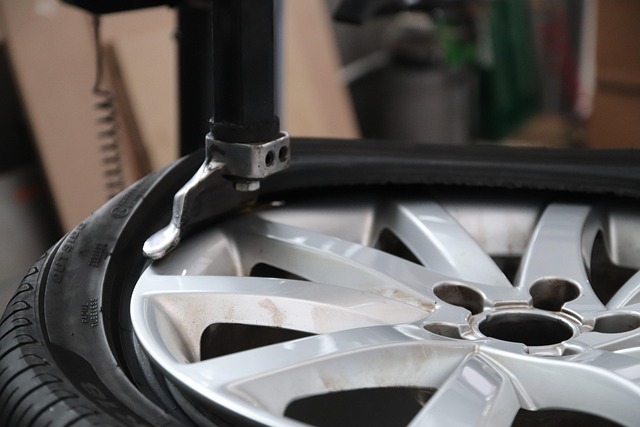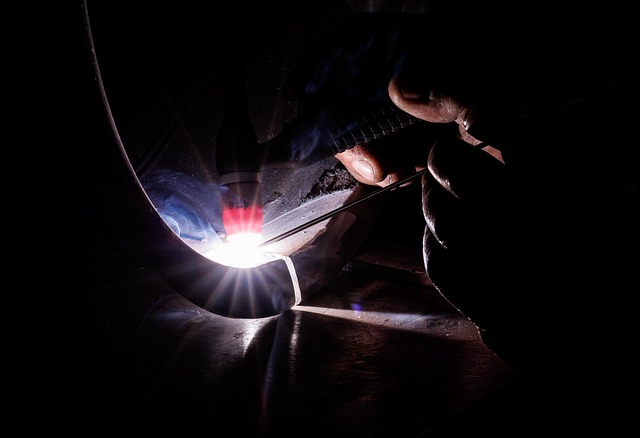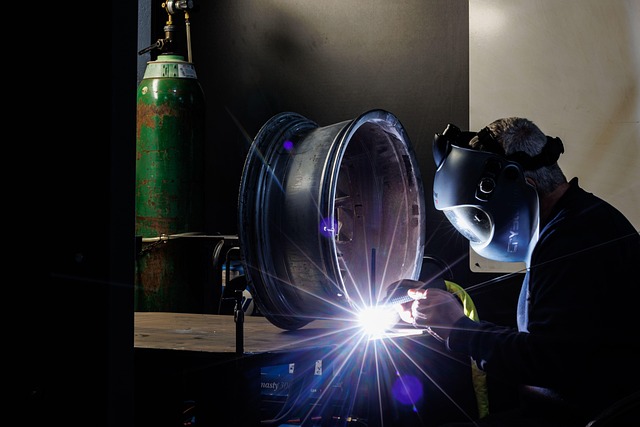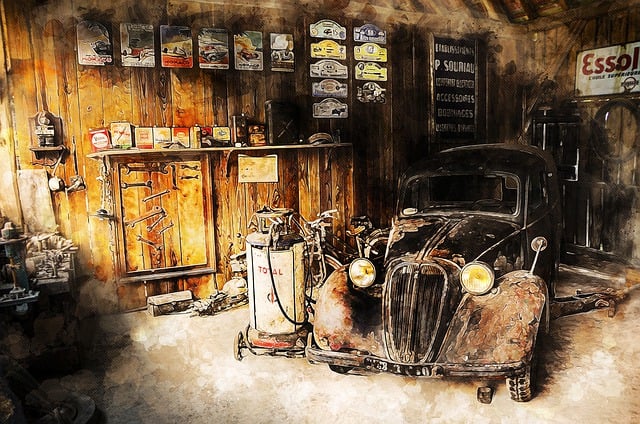Paintless dent repair (PDR) is a specialized auto body restoration technique that uses non-invasive methods to remove dents, dings, and creases without painting. Ideal for minor cosmetic damages, PDR offers efficient, cost-effective, and quick turnaround solutions compared to intensive collision repair processes. However, it's not suitable for deep or complex damages with metal deformation; older vehicles with weakened paint or intricate dent patterns also pose challenges. The success of PDR depends on the technician's skill, and severe cases might require additional methods or replacement panels. When performed by a qualified professional, PDR provides a convenient and virtually invisible repair option for many vehicle owners.
Can all dents be fixed with paintless dent repair (PDR)? This non-invasive method has gained popularity as an alternative to traditional body shop repairs. PDR involves using specialized tools to push damaged areas of a vehicle back into place, without the need for sanding or repainting. However, it’s not a universal solution. This article explores the limitations and suitability of PDR, along with its advantages and disadvantages, helping you understand if this method is right for your dented vehicle.
- Understanding Paintless Dent Repair: A Non-Invasive Approach
- The Limitations and Suitability of the Method
- Advantages and Disadvantages: Weighing the Options for Dent Repair
Understanding Paintless Dent Repair: A Non-Invasive Approach

Paintless dent repair (PDR) is a specialized method used to restore damaged car bodies without the need for traditional painting or extensive auto collision center procedures. This non-invasive approach focuses on removing dents, dings, and creases from vehicle panels, leaving them looking as good as new. The process involves trained technicians who use various hand tools and equipment to manipulate the dented panel back to its original shape, ensuring a flawless finish.
PDR is particularly effective for minor cosmetic damages, making it a popular choice among car owners looking for efficient and cost-effective collision repair solutions. Unlike traditional painting methods, PDR does not require sanding, priming, or repainting, which can save time and money while minimizing the environmental impact. Car paint services that offer PDR often appeal to customers seeking quick turnaround times and high-quality repairs without the usual downtime associated with more intensive collision repair processes.
The Limitations and Suitability of the Method

While paintless dent repair (PDR) has revolutionized car damage repair and is suitable for various types of dents, it’s not a silver bullet. This method, which focuses on restoring the original shape of the vehicle’s bodywork without painting, works best for shallow and minor dents. Deep or complex damages that involve metal deformation may not be candidates for PDR as the technique relies heavily on the integrity of the car’s original panel.
Additionally, PDR is more challenging to perform on older vehicles or those with weak or damaged paint. The success rate also depends on the skill and experience of the technician. Some intricate dent patterns might require specialized tools or knowledge that not all repair shops possess. For severe cases of car restoration, traditional repair methods combined with body painting may be a more viable solution.
Advantages and Disadvantages: Weighing the Options for Dent Repair

The paintless dent repair (PDR) method has gained significant popularity as an alternative to traditional auto dent repair. Its advantages include minimal disruption to the vehicle’s surface, no need for painting, and a faster turnaround time compared to collision repair center processes. PDR is particularly effective for small to moderate dents, making it an ideal solution for those looking for a quick and cost-effective way to restore their car’s exterior.
However, there are also disadvantages to consider. The effectiveness of PDR depends heavily on the skill and experience of the technician. Improperly executed, it can leave visible traces or even cause further damage. Additionally, while PDR is suitable for most minor dents, more severe cases might require a combination of methods or even replacement panels, leading to higher costs. Nonetheless, with a qualified professional, paintless dent repair offers a convenient and virtually invisible solution for many vehicle owners seeking to avoid the time and expense of traditional collision repair.
While paintless dent repair (PDR) offers a non-invasive, cost-effective solution for many dents, it’s not a universal fix. Its effectiveness depends on factors like dent size, depth, and location. PDR is best suited for shallow, smaller dents that haven’t compromised the vehicle’s structural integrity. However, for deeper or larger dents, traditional repair methods may be necessary. Weighing the advantages and limitations of PDR can help car owners make informed decisions about restoring their vehicle’s appearance.
